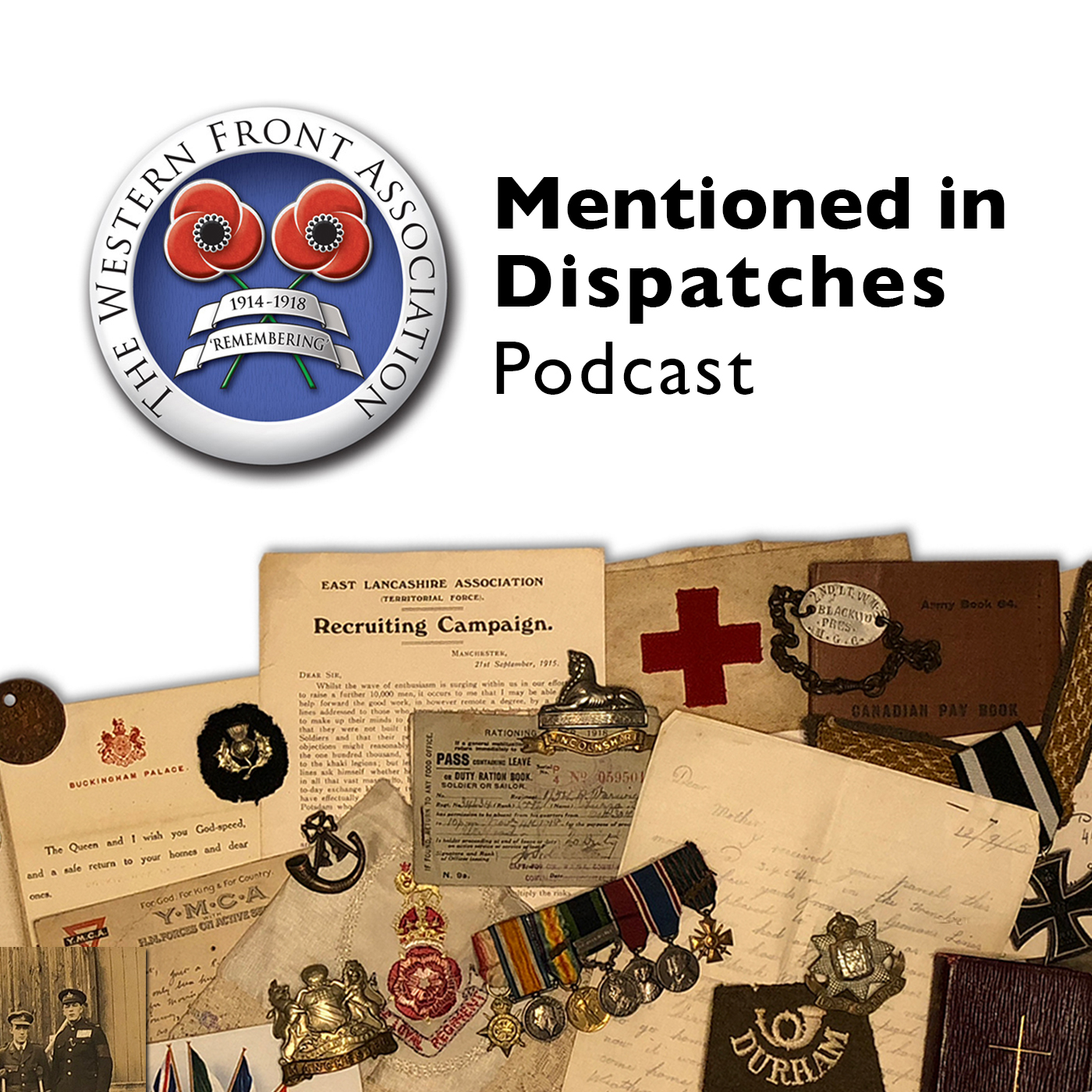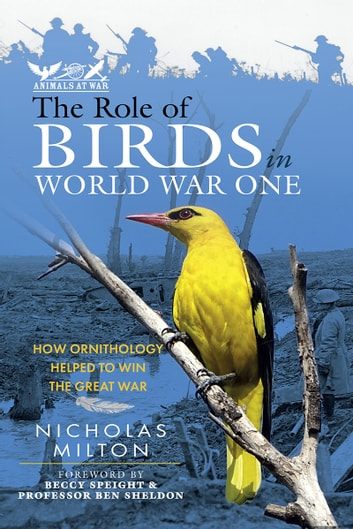
Ornithologist, author and historian Nicholas Milton talks about his recent book on the role of birds in the Great War. This book is published by Pen & Sword. Nicholas argues that the British Expeditionary Force sent to France in the late summer of 1914 was the ‘Best Birdwatching Army Ever Sent to War’ for among its ranks were hundreds of both amateur and professional ornithologists. When not fighting, many soldiers turned to birdwatching as a way of whiling away the long hours spent on guard duty or watching over ‘no man’s land’. The list of birds seen by them serving in all the theatres of war was truly impressive, ranging from the common like sparrows, skylarks and swallows to the exotic like golden orioles, hoopoes and bee-eaters.
It was not just at the battle front that birds found themselves in the firing line but also on the home front. For the Foreign Secretary, Edward Grey, who worked tirelessly to preserve peace but ended up convincing the House of Commons to go to war, birds were his hinterland. But as well as declaring war on Germany on 4 August 1914, the government also declared war on the humble house sparrow, farmers falsely accusing it of destroying Britain’s dwindling wheat and oat supplies. From the outset the slaughter was opposed by the Royal Society for the Protection of Birds who eventually triumphed over the Board of Agriculture, becoming the powerful voice for conservation we know today.

